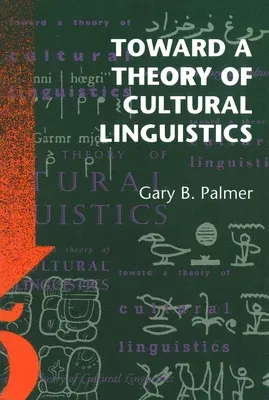Gary B Palmer
(Author)Toward a Theory of Cultural LinguisticsPaperback, 1 August 1996

Qty
1
Turbo
Ships in 2 - 3 days
In Stock
Free Delivery
Cash on Delivery
15 Days
Free Returns
Secure Checkout

Print Length
360 pages
Language
English
Publisher
University of Texas Press
Date Published
1 Aug 1996
ISBN-10
029276569X
ISBN-13
9780292765696
Description
Product Details
Author:
Book Format:
Paperback
Country of Origin:
US
Date Published:
1 August 1996
Dimensions:
22.91 x
15.29 x
1.98 cm
ISBN-10:
029276569X
ISBN-13:
9780292765696
Language:
English
Location:
Austin, TX
Pages:
360
Publisher:
Weight:
471.74 gm